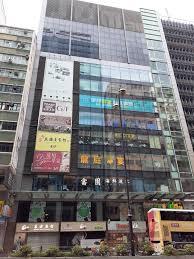
Introduction
Guatemala, a Central American nation known for its rich cultural heritage and ancient Mayan civilization, has become an area of interest not only for its historical significance but also for contemporary issues affecting its people. From tourism to political reforms, understanding Guatemala’s current landscape is essential for grasping the dynamics of the region.
Cultural Significance
Guatemala is home to a variety of ethnic groups, primarily of Mayan descent, which contribute to its rich tapestry of culture. The nation boasts 22 recognized languages, including Spanish, K’iche’, and Q’eqchi’. This diversity is reflected in Guatemala’s vibrant festivals, unique textiles, and traditional music that attract tourists worldwide. The recent reopening of Guatemala’s archaeological sites, including Tikal and Quiriguá, has rekindled interest in the ancient civilization and promotes cultural tourism, vital for the local economy.
Political Climate
In recent months, Guatemala has faced challenges involving political stability and corruption. The government has initiated various reforms aimed at combating corruption and encouraging transparency. Notably, in 2022, the administration launched a new anti-corruption strategy in response to widespread public demand for accountability. However, these measures have been met with skepticism, as certain officials continue to face allegations of misconduct.
Current Events
In early 2023, Guatemala experienced significant protests against the government, where citizens voiced their frustrations over economic issues and the slow pace of reforms. More than 30,000 demonstrators took to the streets, advocating for better living conditions and effective governance. The protests reflect a growing sense of discontent among the population regarding social inequities and the lack of job opportunities, especially following the economic strains brought on by the COVID-19 pandemic.
Conclusion
As Guatemala navigates its complex history while grappling with contemporary challenges, it remains a crucial player in Central America’s future. The efforts to promote cultural tourism juxtaposed with the need for political reform presents both opportunities and obstacles. For readers and potential travelers, understanding these dynamics is vital to appreciate the depth of Guatemala’s culture and the reality of its political situation. As the country moves forward, the hope for lasting reforms and increased transparency poses significant implications for its citizens’ futures.






